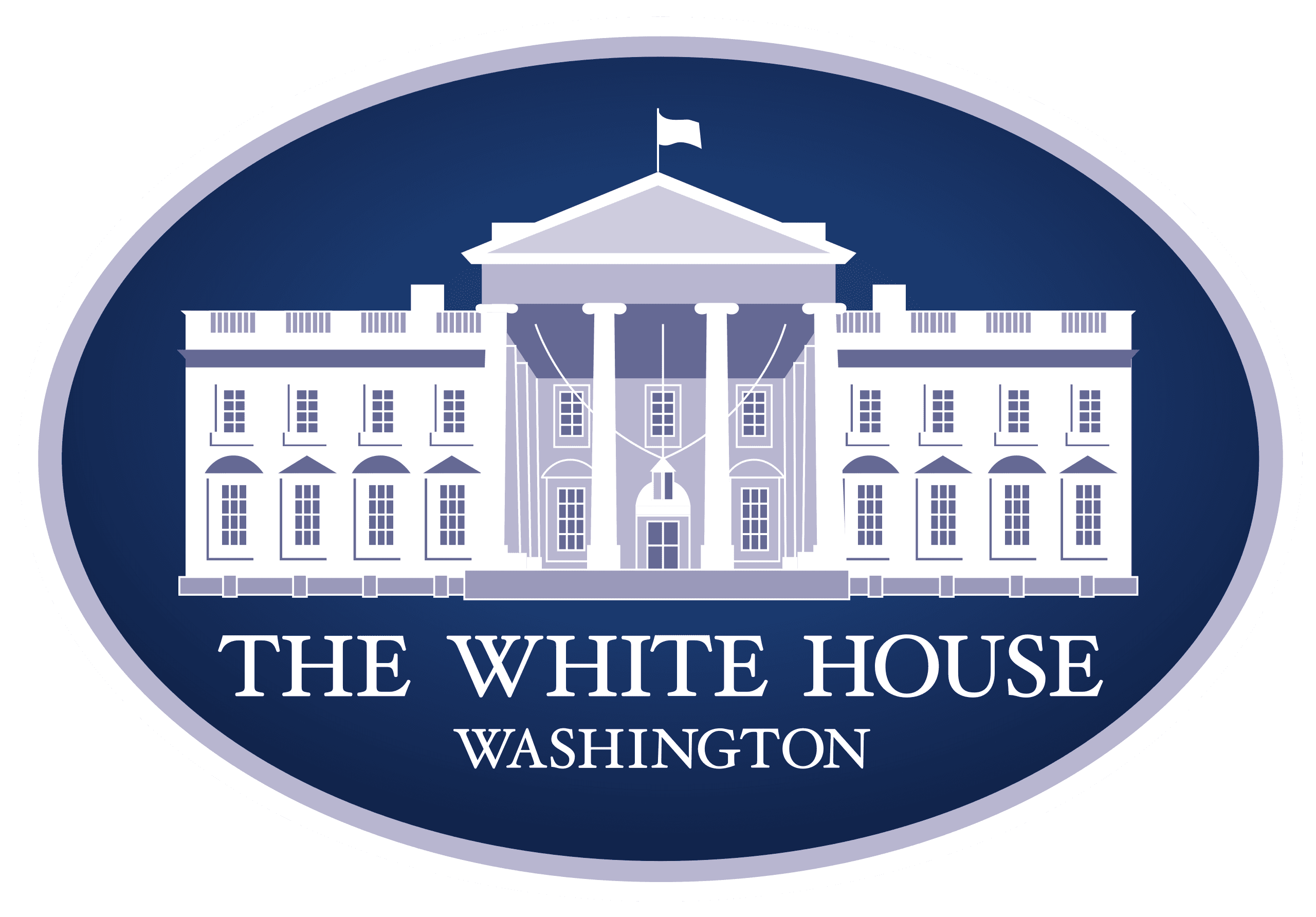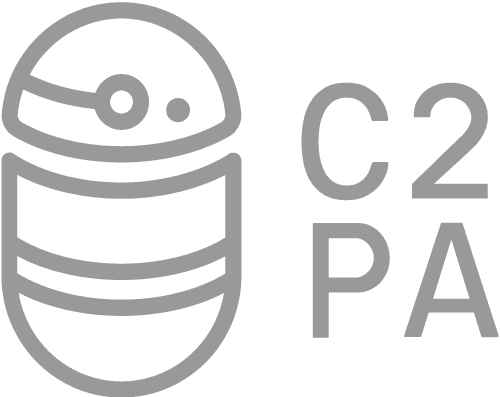News
Making Digital Content Safe Again
In two new articles for CommPRO.biz and the PR Insights Blog, we highlight ways in which Trust, the foundation of the digital economy and the communications industry, is being steadily eroded.
We note the rise of generative AI is turbocharging brand imposter content, deep fake videos, and criminal fraud. Deloitte’s Center for Financial Services predicts that gen AI could enable fraud losses to reach US$40 billion in the United States by 2027, up from US$12.3 billion in 2023.
Despite the potential for the misuse of AI, technology also offers a path to greater digital security. In AI's Digital Gold Rush is Fueling a Trust Crisis, and in Technologies to Make Content Great Again for CommunicationsMatch we detail three approaches to re-building trust in content.
Personhood Verification
User identity verification is far from new, but its adoption is increasing. There are a growing number of approaches being used to verify digital identity including the use of government identity documents and biometric data.
Content Provenance Authentication
There is a lot of work going on driven largely by the Content Authenticity initiative (CAI). Tauth.io is a CAI member. Tauth is using C2PA open-source protocols and Public Key Infrastructure (PKI) to create robust, irrevocable digital signatures, digital watermarks and blockchain hashes.
"Applications will enable one-click signing and authentication. When users open documents, browser plug-ins will recognize that the document has been authenticated and is trustworthy. The digital watermark provides the link to the blockchain record for the user to determine its author and changes that may have been made."
We highlight the use case for press releases, fact sheets or marketing documents. Incorporating a Tauth digital watermark as pat of the credential process into a press release will show the content was produced by the specific individual or company on its digital journey.
The emerging discipline of provenance authentication is well-suited to specific applications and use cases. But, it is not one-size fits all. One of the clear takeaways is that multiple levels of digital security are required to keep digital content safe.
Digital Safe Spaces
The third area of attention in these communications-focused trades is on efforts to create safe digital spaces. Media.com is an example of a community of verified users in which content can be trusted and as a result is more likely to resonate. The company combines user verification (personhood verification) on its platform with content moderation.
These approaches all have a critical role to play if we are to maintain trust in content and reduce fraud.
Although we are in an arms race, developments in AI and digital safety will be synergistic and are likely to maintain the system’s balance. “Ultimately, this will ensure that the digital economy will not grind to a halt, but continue to thrive.”
Simon Erskine Locke, is Founder and CEO of CommunicationsMatch™ and co-founder and CEO of Tauth.io. He is a serial entrepreneur and former head of communications at some of the world’s leading financial institutions. M. Danish Bilal, co-founder and chief technology officer of Tauth.io, is a data scientist and Blockchain expert.
Content Authentication Adoption Worldwide
See what we written lately
Request an invite
Get a front row seat to the newest in identity and access.


















